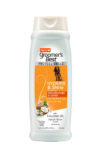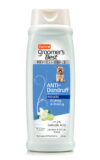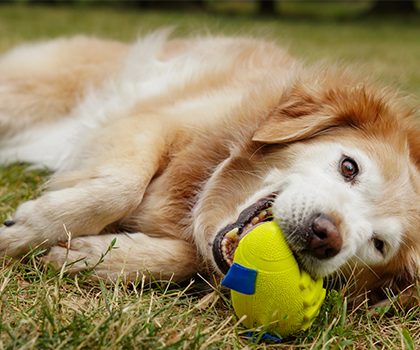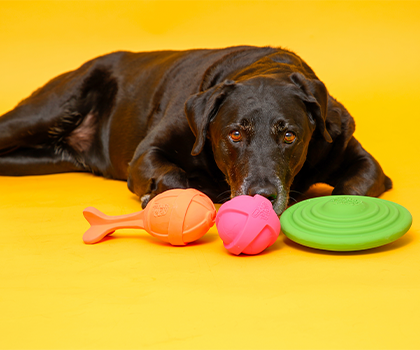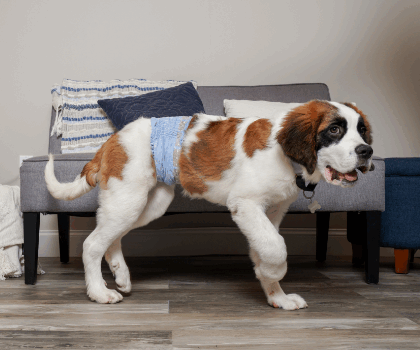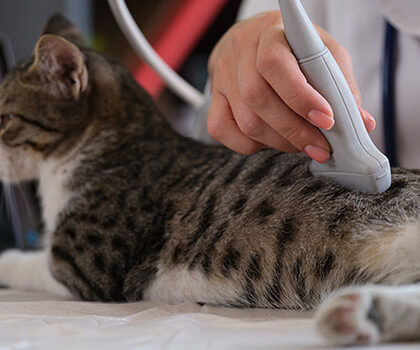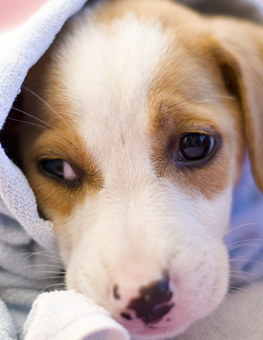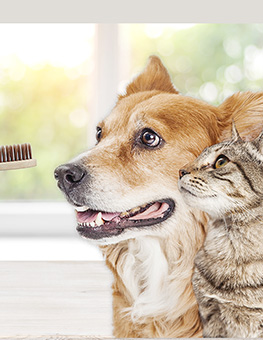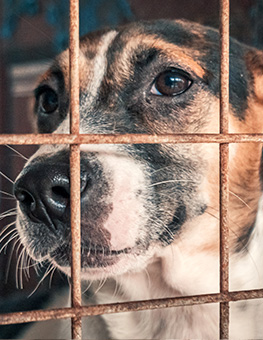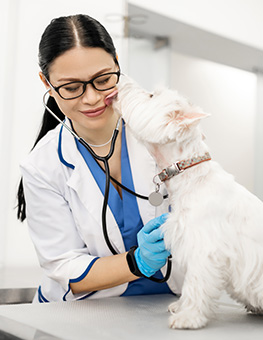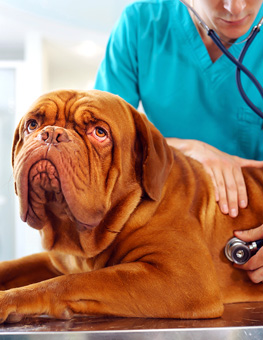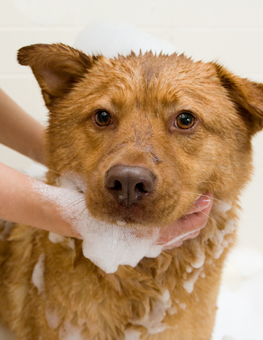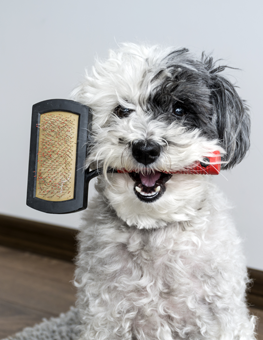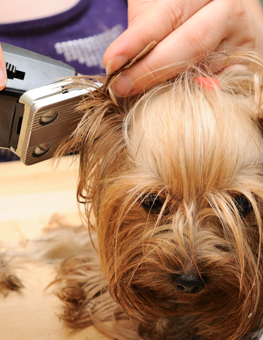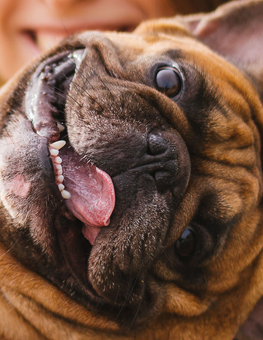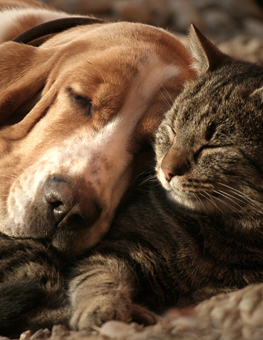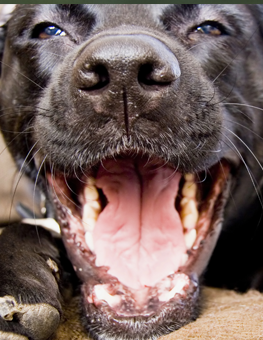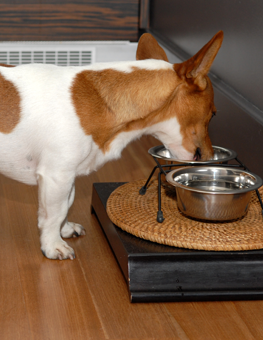Grooming and Your Dog’s Health
Grooming your dog and keeping him healthy go hand in hand.
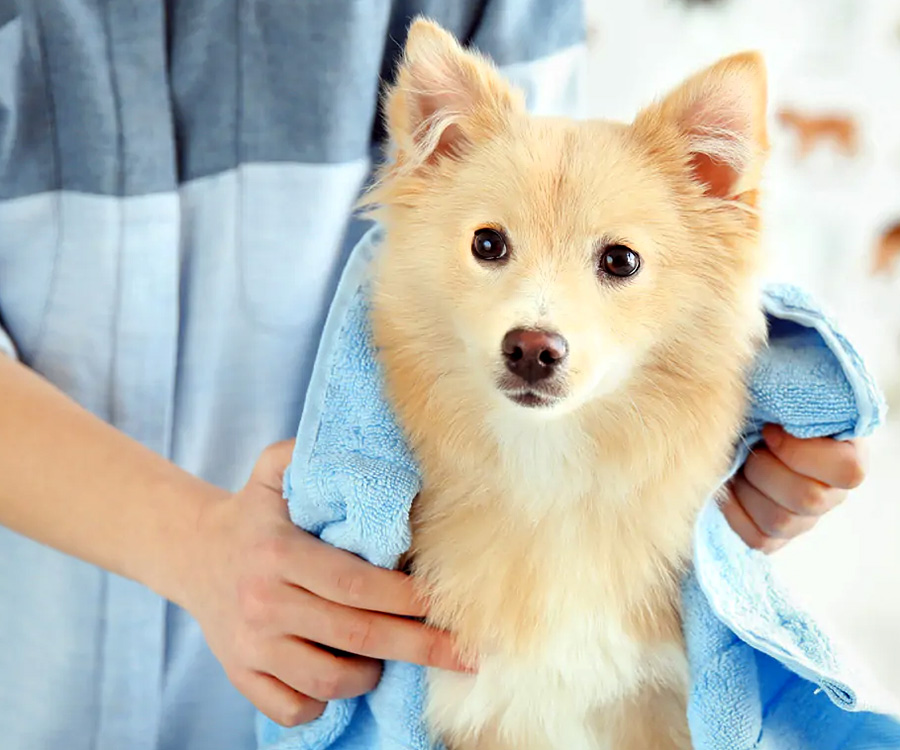
Establish a daily routine for grooming your dog's skin and fur, preferably after he has been walked.
Your dog’s health and well-being reflect your care for him. Establishing a daily routine to care for his skin and fur will make this job both easy and enjoyable. A good time to do this is after he has been walked. Relieved and calm, he will be open to receiving more attention from you.
Coat care
Brushing your dog not only helps to distribute natural oils through the coat and prevents mats, but it also alerts you to any possible problems. Here are some things to look for:
- Red, blotchy skin is an indication of contact dermatitis. Sores can develop if you do not remove the irritant.
- Fleas will look like tiny black specks. If you brush your dog over white paper, they fall off and are easy to see.
- Dull coat or inflamed ears may be indicative of hyperthyroidism.
- Scratched skin or chewing on skin may be caused by bacterial conditions, such as staphylococcus.
There are many more serious internal conditions that can be revealed through frequent inspection of the coat and skin. Visit your vet for a thorough diagnosis if you suspect a problem.
Bath frequency
A frequent concern is a dog’s flakey or itchy skin. If you notice this, consider how frequently you bathe him.
- Most dogs should only be bathed once every 2-3 months, especially in the winter when humidity is low.
- Only bathe your dog more frequently if he gets into something that he should not, like a skunk, or when a therapeutic shampoo has been prescribed by your vet for a dermatological condition.
Shampoo selection
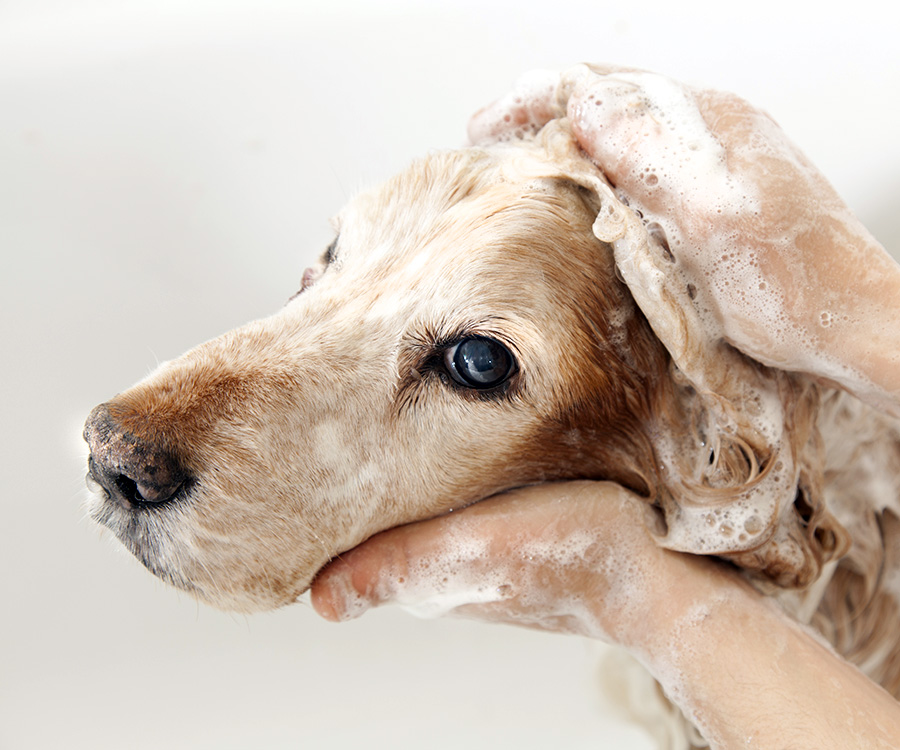
With the variety of dog shampoos available, it's best to read the packaging or ask your vet for guidance.
The variety of shampoos available can be confusing. There are moisturizing, odor-control, color-enhancement, and medicated shampoos, among other types.
- If your dog's skin seems to be normal, use a general grooming shampoo.
- If the skin seems dry and flakey (as compared to oily and flakey) opt for a moisturizing shampoo.
- Unless you plan to show your dog in competition, avoid color-enhancement shampoos. Products with color additives may cause allergic reactions. Although it is extremely rare, there is no reason to take the chance.
- If your dog has a history of allergies, try a hypo-allergenic (soap-free) shampoo that can be used only if there is mild scaling of the skin.
Special shampoos may be prescribed by your vet for certain skin conditions. Some common types are:
- Sulfur/salicylic acid — an excellent first choice for the mildly scaly dog. It is not overly drying and has great anti-bacterial action.
- Benzoyl peroxide — does a good job of removing scales, killing microbes, thoroughly cleaning around the hair follicles, and treating recurrent bacterial infections.
- Ethyl lactate — a second choice behind benzoyl peroxide shampoos; less effective for hair follicle cleansing and anti-bacterial effectiveness, but less drying.
- Tar-based — these shampoos do a great job of reducing flakes and greasiness while helping to calm itching.
- Miconazole — used for fungal infections; primarily ringworm.
- Chlorhexidine — an anti-fungal and anti-bacterial. May be used to treat ringworm, skin staph infections, and as a wound cleanser.
Dog grooming is the simplest way to care for your dog and stay aware of potential health problems. If you have questions about how to use a product on your dog, call the toll-free telephone number on the package label, go to the appropriate website or call your vet before proceeding.



